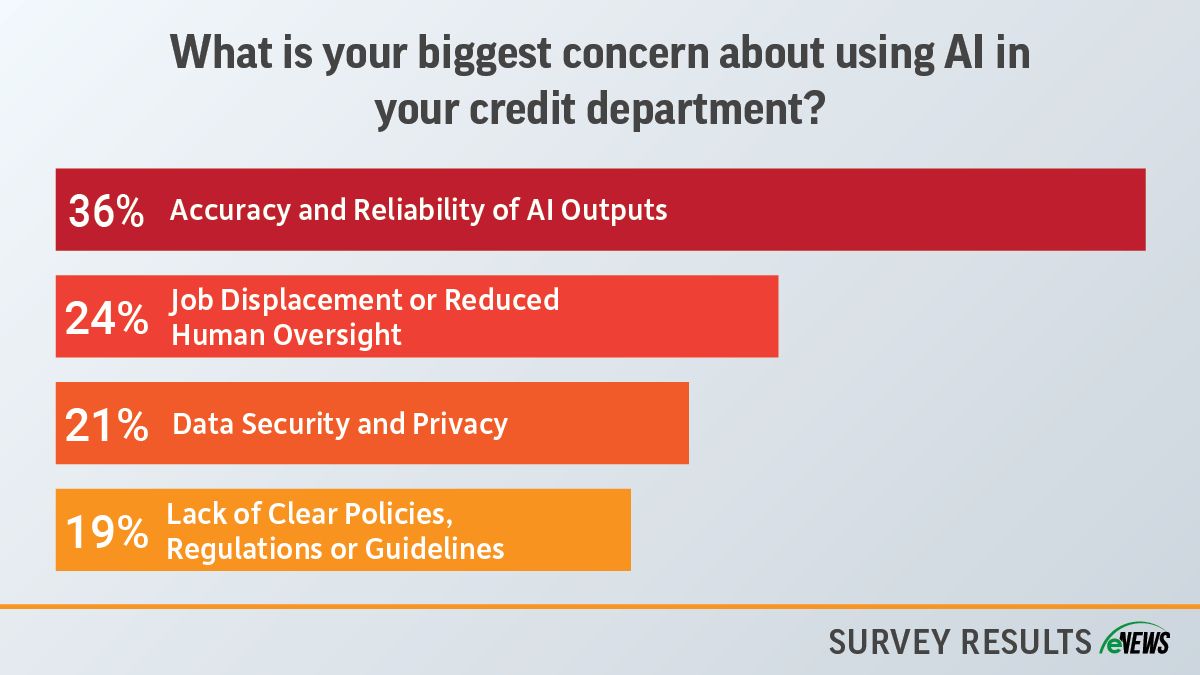Construction, eNews
Rising construction abandonments challenge creditors

In the construction industry, various factors can make unfinished projects unavoidable. In recent months, the number of abandoned construction projects has increased due to higher insurance and interest rates, rising material costs, delayed shipments, labor shortages and adverse weather conditions.
Why it matters: Rebuilding and launching new projects may take a year or more, depending on how quickly teams can be assembled once conditions improve. Therefore, construction creditors, such as material suppliers, must understand and prepare to manage the risks associated with abandoned construction projects.
By the numbers: This July, construction abandonments were up 11% nationally for both public and private projects compared to the same time last year and up almost 49% for private projects alone, according to ConstructionConnect’s Project Stress Index.
If a general contractor (GC) or subcontractor abandons a construction project, it is highly likely that numerous claims will ensue. “For a supplier’s credit professional, the main risk is the likely interruption of cash flow during the selection of a replacement contractor,” said Christopher Ng, managing partner at Gibbs Giden Locher Turner Senet & Wittbrodt LLP (Westlake Village, CA). “Financial resources will then be focused on getting the takeover contractor and its team on board, often to the detriment of preexisting lower-tier subcontractors and suppliers.”
Depending on the jurisdiction where the project is located, an extended cessation of labor may trigger deadlines for lien, stop payment notice and payment bond rights even though the project is not complete. “This is a dangerous trap for the unsuspecting credit professional who is relying upon their job rights to get paid,” Ng said.
Credit professionals have a certain number of days to secure lien rights on a project before it is finished or abandoned. “The challenge is determining the exact date the project is considered abandoned,” said Lisa Vaughn, area credit manager at Rogers Group, Inc. (Oak Ridge, TN). “This uncertainty makes it hard to secure a lien because you need the precise date when the project was officially abandoned.”
Mitigating Risk on Abandoned Projects
#1 Ensure lien and bond rights
What if the products are ordered but never delivered before the project is abandoned? Credit professionals must ensure they have mechanic’s liens and bond rights in accordance to their state’s jurisdiction and project type.
For instance, Florida offers the Notification of Specialty Fabricated Materials for private projects. This is a notice for specialty fabricated materials to be sent no later than 45 days after the first fabrication of the specialty fabricated materials. “Even if the materials never get delivered to the job site, you still maintain your lien rights,” said Chris Ring of NACM’s Secured Transaction Services (STS). “But because the project may not be completed, the value of the property is likely worth less and there is a possibility that you may not be able to recover the full amount of your funds.”
Even if you rarely experience as many unfinished or abandoned projects, it’s important to stay on top of your lien and bond rights. “As a former credit professional of a metal supplier, we seldom encountered abandoned projects,” said Richard Place, Jr., CBF, collections manager at TEN Leasing (Dublin, OH). “But our products were sold and paid for before the project’s midway point, and we used the preliminary lien and notices as well as our mechanic’s liens.”
#2 Timely serve notices, liens and claims
Ensure that preliminary notices are served (in those jurisdictions that require them) and then timely serve and record mechanic’s lien, stop payment notices and payment bond claims, as applicable in your jurisdiction, to protect your receivables. “Be vigilant if you are asked to supply additional material or wait for payment,” said Ng.
#3 Start from scratch
Projects can be stalled or abandoned, then restarted later, often under a new contract with different owners or contractors. “If the project rebounds, you may have a brand new endeavor and everything you’ve done prior to that to protect your lien rights may have to be redone under that new general contract,” Ring said.
#4 Stay informed
Credit professionals must stay updated on any micro- and macro-economic changes as those can affect construction project completion. “To mitigate risk, I look at what’s going on in the stock market and different industries other than my own as well as what’s going on with my customers,” Vaughn said. “You have to be mindful of the big picture instead of just your little piece of the picture.”
What’s next: It is more likely that we will see new projects underway in the fourth quarter, not necessarily restart paused ones, Michael Guckes, chief economist at ConstructionConnect told Bisnow. “My suspicion is that until financial market conditions improve in terms of lower interest rates and everything else declines [in cost], we’re going to continue to see owners and developers struggle to make projects pencil out,” he said.
The bottom line: Construction creditors must stay vigilant and proactive in managing risks associated with abandoned projects, ensuring lien rights are protected and notices are promptly served.





